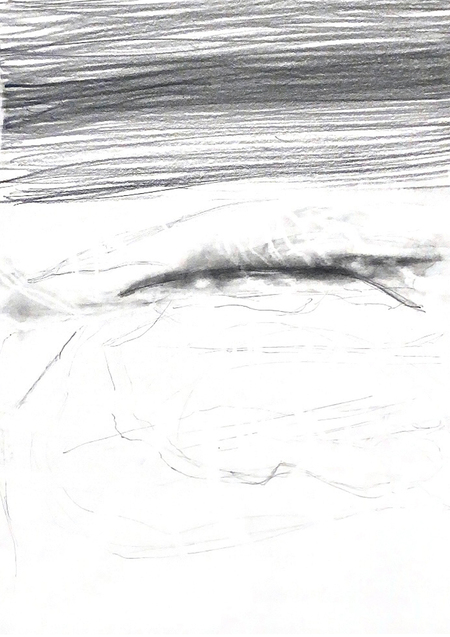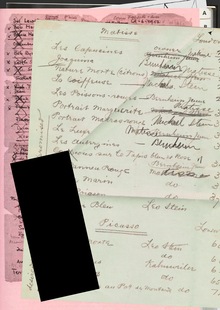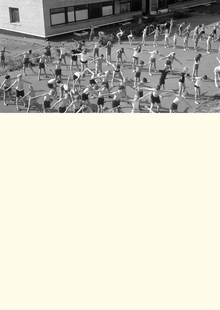
Саломе Вёглин замечает, что материализм зрения не подходит слушанию — и звуки являются не объектами, а процессами. Во время слушания звук перенастраивает критическую оптику от представления целостного образа к его изменчивому конструированию. Как и ощущение времени, восприятие звука нелинейно: оно прерывается, заходит в тупик, приводит к внезапным озарениям или наоборот уводит во фрактальные фантазии.

Fract OSC, 2014. Phosfiend Systems
Благодаря процессуальности видеоигры делают допустимыми множественные модальности звучания и слушания. Дизайн интерактивного звука, эргодической композиции и партиципаторного саунд-арта открывает широкое поле для экспериментов на стыке дисциплин. Парадигма звукоцентричного дизайна расширяет восприятие пространства за пределы зримого, изобретает новые музыкальные инструменты и методы звучащего самовыражения, пробуждает ритм-анализ в игроке.
Текущее исследование можно расширить анализом звуковых прогулок с дополненной реальностью как подвида первазивных игр, инструментированием звука через редуцирующее слушание в музыкальных головоломках и практикой глубокого слушания в играх с открытым миром.
Автор обложек: Александра Ведерникова // @gaurdenfish
Библиография
- Chion, M. 2019. Audio-Vision: Sound on Screen // Columbia University Press; second edition
- Jørgensen, K. 2008. Left in the Dark. Playing Computer Games with the Sound Turned Off. // Bok From Pac-Man to Pop Music. Interactive Audio in Games and New Media
- Summers, T. 2016. Understanding Video Game Music // Cambridge University Press
- Grimshaw, M. 2007. Situating Gaming as a Sonic Experience: The acoustic ecology of First-Person Shooters // Situated Play, Proceedings of DiGRA 2007 Conference
- Whalen, Zach. 2004. Play Along — An Approach to Videogame Music // [https://www.gamestudies.org/0401/whalen/](https://www.gamestudies.org/0401/whalen/)
- Csíkszentmihályi M. 1996. Creativity: Flow and the Psychology of Discovery and Invention, New York: Harper Perennial.
- Bogost, I. 2011. How to Do Things with Videogames // Univ Of Minnesota Press; Electronic Mediations edition
8. Huron, D. 2006. Sweet Anticipation: Music and the Psychology of Expectation // The MIT Press 9. Weiler, Mark. 2005. Computer games to visualize music: a 270 year-old tradition for digital imaginaries. 10. Дыбовский, Н. 2005. На пороге костяного дома // Доклад на Конференции Разработчиков Игр 11. У. Эко. Открытое произведение: Форма и неопределенность в современной поэтике — СПб.: Академический проект, 2004 — 384 с. 12. Wright, W. 2006. Playing with Time: Brian Eno and Will Wright // Stewart Brand and The Long Now Foundation 13. Roads, C. 2015. Composing Electronic Music: A New Aesthetic // Oxford University Press 14. Dolphin, Andrew. 2014. Defining Sound Toys. Play as Composition. // Pages 45–61. The Oxford Handbook of Interactive Audio The Oxford Handbook of Interactive Audio. Kasey Collins (ed.) et al. 15. Studley, Thomas. 2022. Can Competitive Digital Games Support Real-Time Music Creation? // Journal of Sound and Music in Games (2022) 3 (1): 1–35.



